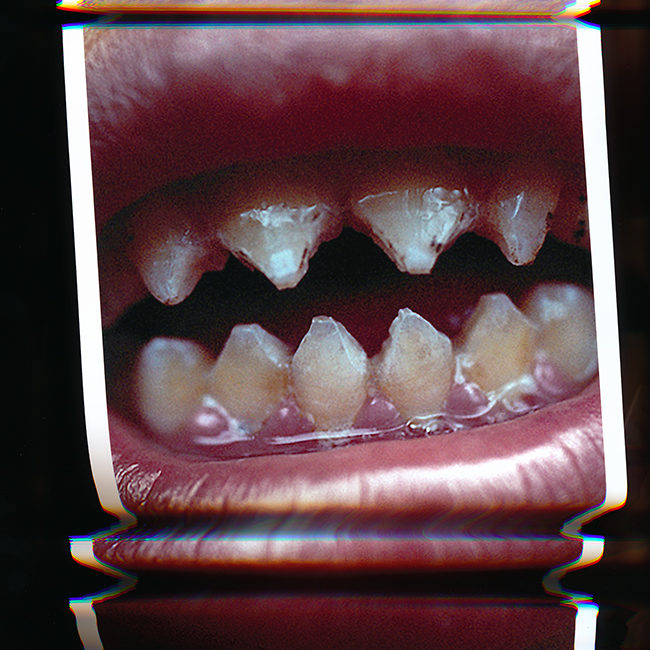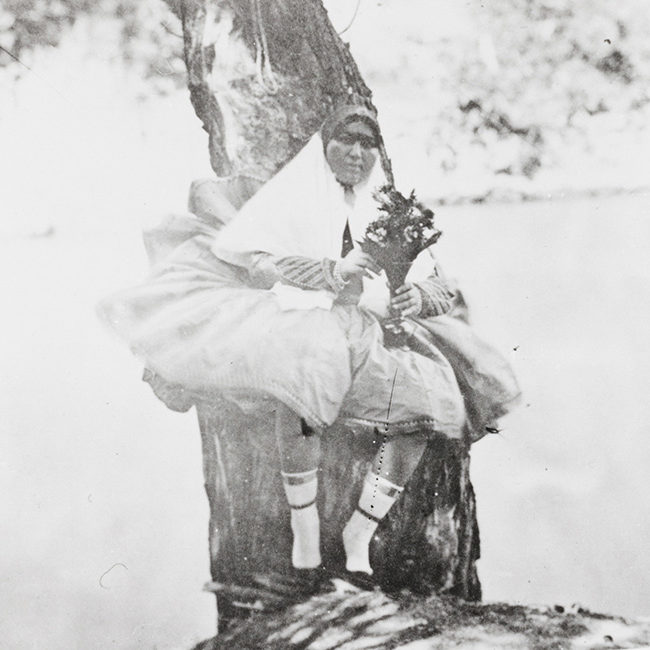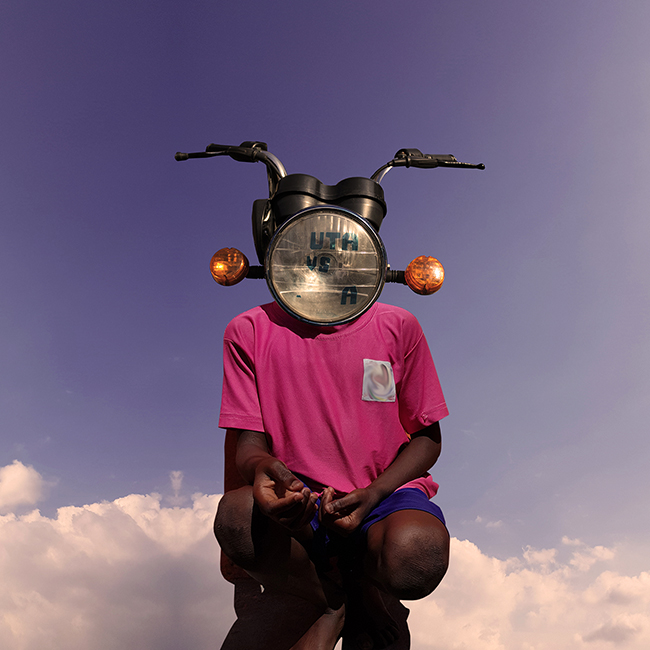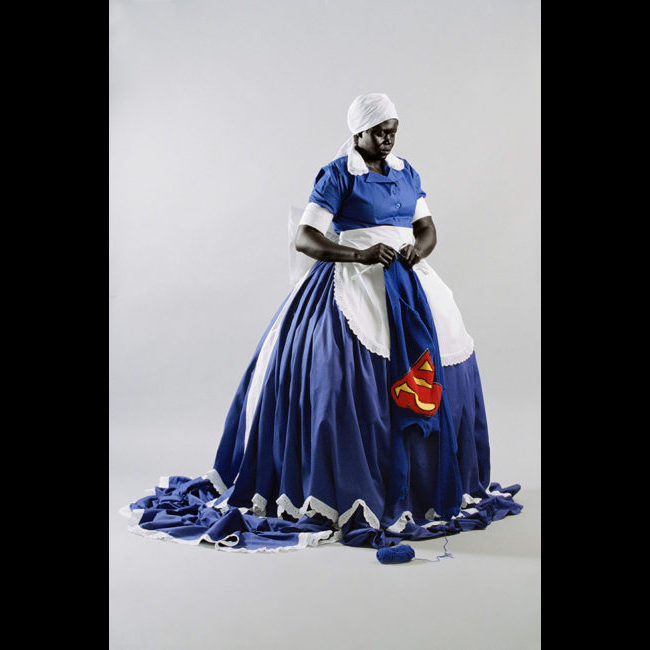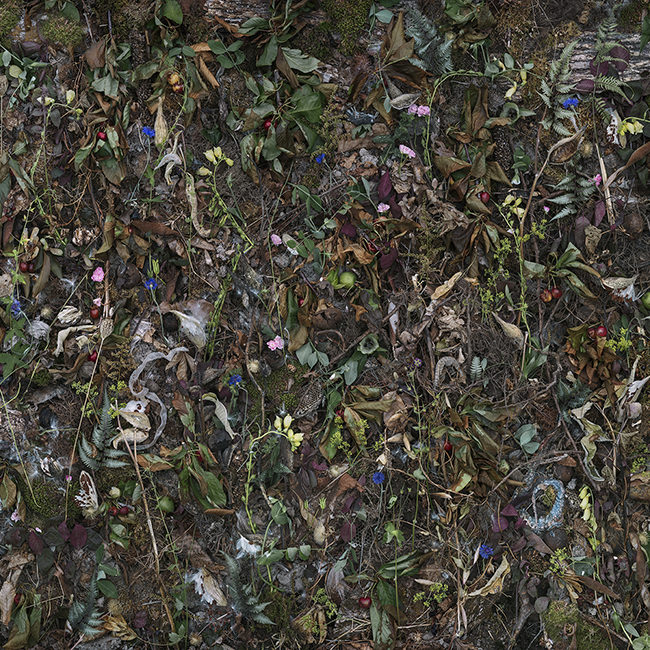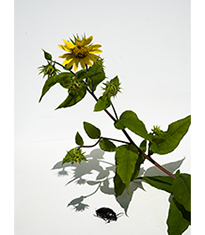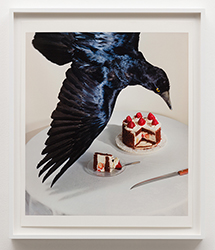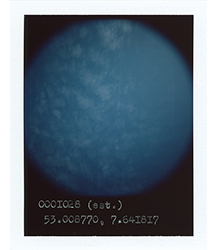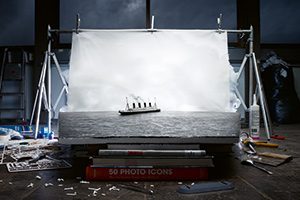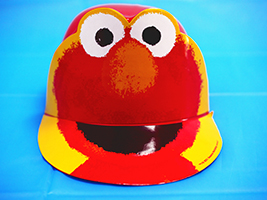Six years ago, San Francisco-based photographer Kerry Mansfield was in a Goodwill store and picked up an old library book, complete with the hand-written card in the pocket on the back cover of the book. “It was like a time machine and all of my childhood memories of time spent curled up in the corner beanbag chair of my elementary school library came flooding back,” Mansfield told PDN in an email. This event sparked her still-life documentary project, “Expired,” a series on the “time-worn beauty” of former library books that memorializes the experience of shared reading.
Mansfield’s project has received a lot of attention from notable outlets like LensCulture, The New York Times’ Lens blog, and the NY Daily News. Earlier this year, “Expired” was exhibited at the Griffin Museum of Photography in Winchester, Massachusetts, and it’s currently on view at Corden|Potts in San Francisco through July 18, 2015.
Her series is a labor of love, and a project many of us with memories of our childhood library can connect with. We recently asked her more about the project and how she creates the images:
Photo District News: What is your process for making this work?
Kerry Mansfield: This series relies on a huge amount of organization and planning. There are books that I shot only for the spine or just for a check-out card [Slide 3]; while other books have as many as eight views. I use a very specific system to figure out what should be shot, or not.
I’ve printed a checklist of all possible views on large sticky-notes [Slide 9] that I fill out after going over every angle of the book. Then, to maximize my time behind the camera, I group my shoots by angles—one day for spines, one for spreads, etc.
I have a wall of books alphabetized in plastic containers stored in our garage with all of the books I’ve kept [Slide 10]. The irony is that I have another three bins of books that have yet to be shot. Wait for those, because the books in there have amazing stories to tell.
PDN: What do you look for before you add a book to the project?
Kerry Mansfield: That’s a hard question because it falls into the “you know it when you see it” category.
In general, there has to be at least one thoughtful, unique element for a picture to be taken. The best images require a closer look and sometimes that goes against the “quick read” that most people employ when viewing images.
For example, there’s one book titled Lad, A Dog that was pretty famous in its time. An image of the front and back cover might not be particularly exciting but this copy was chewed on both corners by a dog. You can’t make that stuff up!
PDN: When we spoke at Photolucida, you mentioned people have started to send you books. How do you handle that? How many are we talking about?
KM: When someone is really interested in the project they’ll ask if they can send me books. Unfortunately I can’t shoot everything offered, so I only take in the ones that are truly unique and not represented in the current series of 175 photographs.
My current ex-library collection includes over 180 books. I tend to give books away if they’re not worthy of shooting for the project. At this point I’m pretty picky considering the sheer size of the series and what elements constitute a necessary documentation.
PDN: What is the most signed-out (or “popular”), or most heavily used and abused book in your series?
KM: Again, another tricky question since how much it was used, etc., depends on the time of the publication. The oldest check-out card I’ve found dates back to 1940.
Old Yeller [Slide 6] is one of my absolute favorites and also one of the first books I photographed. Every angle, from the front cover to the spine to interior shots, are like pieces of golden history. The first stamp [on the check out card] in the back is from 1974, which just also happens to be the year I was born.
PDN: You are using a large format camera for this project, correct?
KM: The images were shot using a Hasselblad H3D with a 39 megapixel back. It’s one hell of a camera and the level of detail captured is mind-blowing. When I would check focus—which could take up to a half hour—I would see details I hadn’t even noticed with the naked eye.
One time I actually found the carcass of a dead ant essentially mummified under the tape used to keep the spine attached. It freaked me out when I first clicked on it in the preview on-screen!
PDN: For exhibition purposes and print sales, do you therefore only make large prints?
KM: There are two sets of sizes for the prints—one standard and one large. The large prints are 24×48 inches, 36×48 inches and 40×48 inches, respectively. I marvel at the level of detail in the paper and threads.
I don’t believe that photographers should just make giant pieces because they can, but rather the project has to specifically call for it. I could have made images that reflect the objects’ real dimensions, but the objects—whether they’re cards or books—are instead raised to another level. They’re heroic in nature and size.
For more on Mansfield’s “Expired” project, please visit her website or Cordon|Potts.
Related: Chasing the Money: How to Fund a Documentary Project; PDN‘s Photo Annual 2015 Winner’s Gallery
